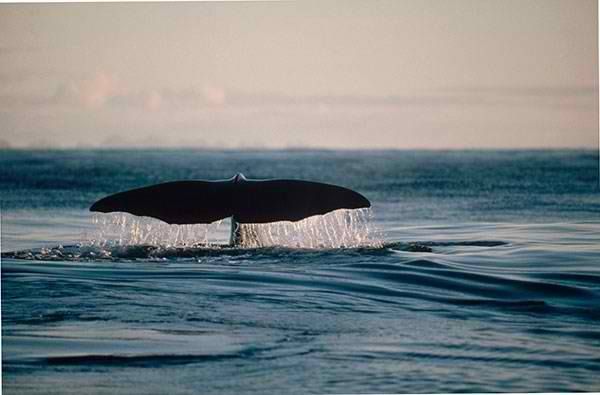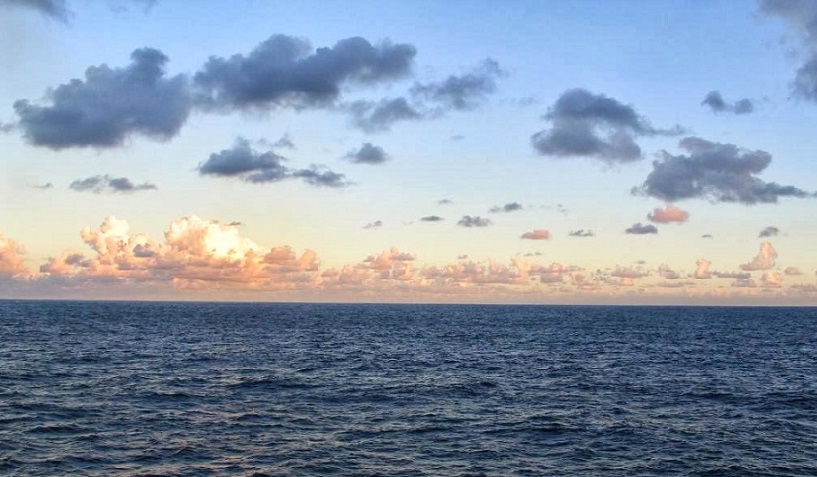oceans
Indian Ocean
The Indian Ocean Region is strategically positioned. It is also the third-biggest of the world’s five oceans. It spans over 6200 miles between the southern end of Africa and Australia, excluding the extent of its marginal water bodies. It has an area of around 27,243,000 square miles or 70,560,000 square kilometres. Its average depth is 12,274 feet or 3,741 metres. The deepest point lies in the Sunda Deep of the Java Trench, off the southern coast of Java (Indonesia), and is 24,442 feet or 7,450 metres below water.It is surrounded by Iran, India, Pakistan and Bangladesh from the north, the Malay Peninsula, Sunda islands of Indonesia and Australia to the east, the Southern Ocean towards the south and Africa and the Arabian Peninsula from the west. It is linked to the Atlantic Ocean, mingling with the Pacific Ocean waters from the southeast.

alantic ocean

For centuries the Atlantic Ocean has been a key avenue of trade and travel. Stretching from the Arctic Circle to Antarctica, the Atlantic Ocean is bordered by the Americas to the west and Europe and Africa to the east. It's more than 41 million square miles, the second-largest ocean on Earth after the Pacific Ocean.Scientists and geographers broadly separate the Atlantic in terms of north and south. The North Atlantic and South Atlantic each have distinct ocean currents that influence weather around the world.The ocean doesn't sit still like water in a sink. It moves more like a conveyer belt that's driven by changes in temperature and salinity over large areas. Both quick-moving surface currents and slower-moving deep ocean currents circulate water around the globe.The seawater is constantly trying to find a balance. Warm water is less dense than cold water, so as water cools, it sinks, and warm water replaces it. Water with high salinity—more salt—also moves into waters with lower salinity. Those factors drive the conveyer belt, a process also called thermohaline circulation.Warm water is heated by the Gulf Stream, a warm air current that originates in the Gulf of Mexico. The warm water then moves north, where it forces cooler water to sink and move south. As the current moves toward Antarctica, upwelling pushes cold water back to the surface, pushing the watery conveyer belt around the world.